Plant & Soil Health: Using Inoculants in a Corn-Soybean Rotation
Although the air is 79 percent di-nitrogen (N2), soybean plants without Bradyrhizobium japonicum are unable to utilize this nitrogen source. The soybean plant provides nutrients (carbohydrates and minerals) and a protective growing environment for the rhizobia. In turn, the rhizobia “fix” atmospheric nitrogen into ammonia (NH3), which can then be used by the soybean plant. B. japonicum is specific to soybean and will not fix nitrogen in any other legume. Likewise, the rhizobial species that fix nitrogen for alfalfa or other legumes will not nodulate and fix nitrogen on soybean. For this relationship to exist and benefit both soybean and B. [...]
Agronomy: The Soybean Seed Depth Discussion
Soybeans can be planted deeper than you think and do better than you hope. Soybean planting will start soon, but will growers suffer from shallow thinking? New research shows soybeans need to be planted a bit deeper than most people think. How deep do you plant soybeans -- 1 inch, 1.25 inch or 1.5 inch? If so, you are out of step with the most recent data. Jim Specht, University of Nebraska agronomist, just released results from a three-year study that show that 1.75 inches is now the optimal depth for planting soybeans, regardless of soil conditions, planting date, [...]
Agronomy: Average Cost of Production: $4.23 Corn, $10.96 Soybeans
How do your production costs look for the year ahead? Iowa State University just released its 2015 crop-production estimates, and I hope your figures look better than these guidelines. That won’t be easy, I’m afraid, but then actual costs can vary greatly. Based on $273/acre rent, they’re talking $4.23 per bushel to produce corn and $10.96 soybeans. Wow! CLICK HERE TO READ MORE. Susan Winsor is a write with Corn & Soybean Digest. This article originally appeared in Corn & Soybean Digest and has been reposted with permission.
Agronomy: WEBINAR: Six Secrets of Soybean Success
ILSoyAdvisor.com continued its winter webinar series on Wednesday, Jan. 21. In "Six Secrets of Soybean Success,” Fred Below, Ph.D., University of Illinois professor of plant physiology and crop sciences, shared updates from his 2014 field research results and practical advice for helping growers plan for 2015. Watch the webinar below for tips on high-yielding soybeans and the results from Dr. Below’s soybean management trials. Key Takeaways: The average U.S. soybean yield is 45 bu/A, but the world record is 161 bu/A and Illinois recently set a record of 103.95 bu/A. With the right management practices, growers could make a [...]
Agronomy: Your Beans Expect More
If you expect more from your soybeans… maybe they are expecting more from you? If you can’t answer “yes” to all these questions, fertility management could be holding back your soybean yields. Do you soil test at least every 4 years? Is your % base saturation for potassium 3% or greater? Are you tissue sampling for micronutrient deficiencies and hidden hunger? Are you maintaining a soil pH in the mid 6’s? Do you apply P & K every year on your beans or just once every two years before corn? Do you apply any sulfur? Are you applying enough [...]
Agronomy: Selecting Soybean Varieties for Greater Economic Value
There has been a lot of discussion lately about soybean composition or protein and oil concentration. Farmers may wonder why they should care about the protein and oil concentration in their soybeans. The bottom line is that soybean composition ultimately impacts the economic value (or the “Estimated Processed Value” (EPV)) ofsoybean meal and oil. EPV is impacted by the yield and quality of the soybean meal and oil yield.This chart shows how EPV and soybean prices track together. The greater the EPV, the more farmers can get paid for their soybeans. How can farmers increase the opportunities for receiving [...]
Plant & Soil Health: Soybean Response to Foliar Fertilizers Containing Manganese and Sulfur
A 2014 on-farm research trial in Perry, Michigan, showed that foliar-applied manganese and sulfur were not effective in increasing nutrient uptake and soybean yield. There is concern among soybean producers that manganese (Mn) and sulfur (S) deficiencies are causing yield reductions in Michigan. As such, there is a tendency among soybean producers to apply supplemental nutrient sources on most fields even without experimental evidence to support this practice. On-farm research conducted in Perry, Michigan, in the past two years showed that supplemental Mn and S applied at planting as a starter fertilizer was not effective in increasing soybean yield. [...]
Agronomy: Illinois Once Again Top Soybean-Producing State
The 2014 growing season brought above-average, and even record-breaking, yields to Illinois. According to USDA estimates released this month, Illinois has claimed the title of top soybean-producing state for the second year in a row. “Achieving this distinction for the second year in a row is confirmation that Illinois has become a nationwide leader in soybean production,” says ISA chief executive officer Craig Ratajczyk. “In addition to our ongoing work to build soybean demand domestically and internationally, we support our growers with a wide range of programs, such as ILSoyAdvisor.com and the Voice for Soy program, which helps give [...]
Agronomy: Free Webinar on Soybean Success
Unlock the secrets to better soybean profitability with an upcoming webinar, “Six Secrets of Soybean Success” by Fred Below, Ph.D., professor of plant physiology and crop sciences at the University of Illinois. The checkoff-funded program will highlight best management practices in soybean production and will offer practical tips for improving yields and profitability for the 2015 growing season. The webinar is free and for CCAs attending, one Crop Management CEU is available. To register or submit questions, please visit www.ilsoy.org/webinars. Upcoming webinars in this series include: · Nutrient Planning and Soybean Management Tuesday, February 17, 10 a.m. – 11 a.m. Nutrient [...]
Agronomy: Top 5 Planting Factors for Increasing Soybean Yield
What are your top five factors at planting that can impact your 2015 soybean yields? Everyone can come up with their own list, but I will offer mine. The top five decisions include variety selection, crop rotation, planting date, row spacing and plant population, and seed treatments. Others might add fertility, soil health or tillage to the list or even other items. Variety: Variety selection is the number one factor producers should pay attention to when growing beans. Each field has a number of soil and environmental characteristics that make it unique. Selecting varieties best adapted to each field [...]

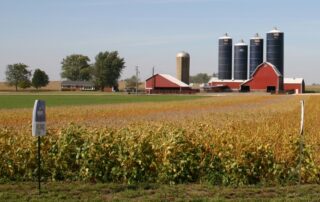
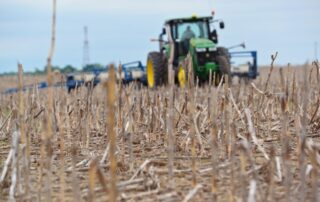
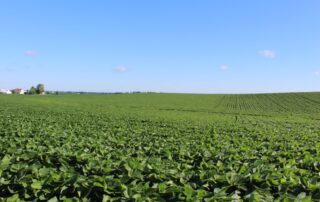
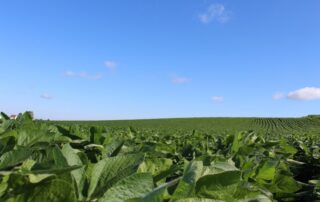
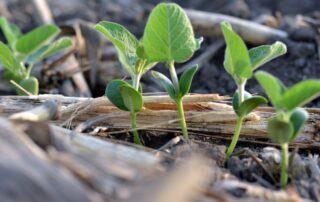
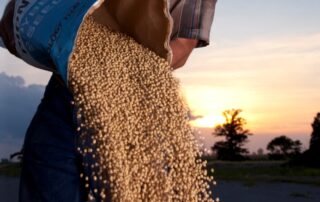
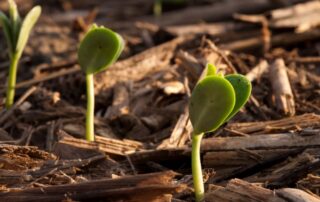
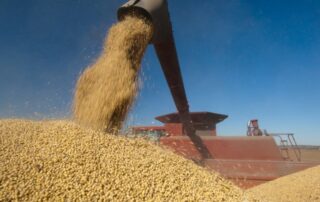
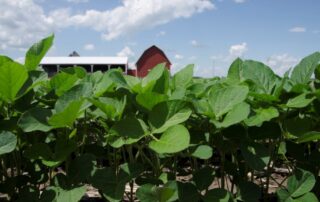
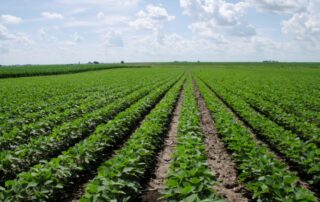

 and then
and then